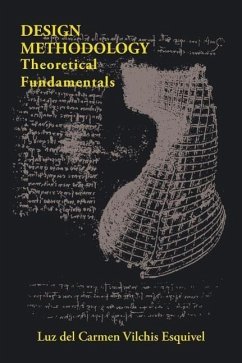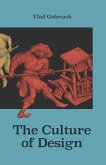Technology expands the range of design possibilities in visual language. The Dynamics of Interaction Design Theory explores different design principles under the five core areas of tension, form, story, structure, and interactivity, and offers a new perspective to learn and apply the conventional design process with new influences from motion graphics, narrative theory, and interaction design. To connect each design theory to its application, The Dynamics of Interaction Design Theory includes visual examples from daily life as well as design samples from different stages of the creative process. This helps readers visualize the impact of one small change in a design element to the overall message and effectiveness of communication. In addition, each chapter includes exercises to reinforce understanding. This book provides fundamental knowledge about using typography and image in visual layout. It takes a conversational approach to inspire alternative ways of seeing, understanding, experimenting, and reinventing the visual vocabulary for real-world projects. It is an invitation for graphic designers and non-graphic designers to contemplate the objects we see, feel, and interact with on a daily basis. Hoi Yan Patrick Cheung, Ph.D., has been teaching graphic design at Arizona State University since 2003, where his courses include dynamic visual representation and communication/interaction design theory. He is also the creative director of Knowledge Enterprise Development at Arizona State University, where he promotes research and innovation across traditional and digital platforms. Due to years of experience as a graphic designer, painter, and teacher, he firmly believes that design education should incorporate more than just visual language. Therefore, his research has explored the impact of manipulating time and sequence in visual communication, integrating design theory, practice, and education with sound and motion.








